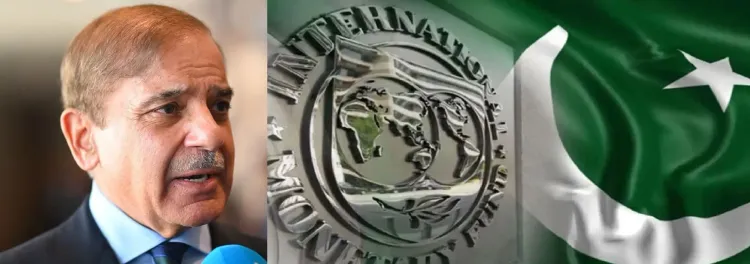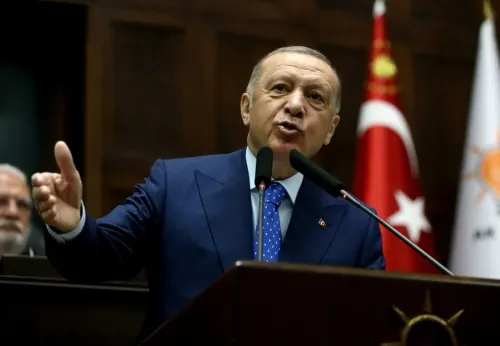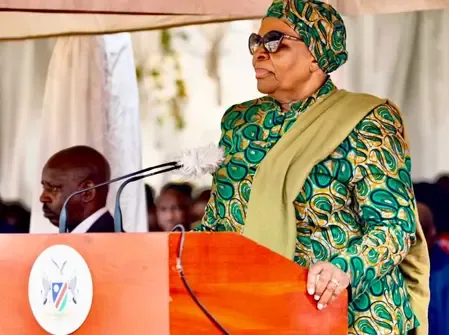Criticism of Pakistan's Economic Stability Claims Amid Rising Debt

Synopsis
Key Takeaways
- PTI leader slams government for misleading public.
- Total national debt has surged to 27 trillion rupees.
- External debt forecasted at $133 billion as of September 2024.
- China is the principal creditor for Pakistan's external debts.
- Fitch predicts 3.0% GDP growth for 2025.
Islamabad, Feb 7 (NationPress) Dismissing the assertions as “superficial” and “far from reality”, Shaukat Yousafzai, a leader of Pakistan Tehreek-e-Insaf (PTI), has denounced the federal government's claims, under Prime Minister Shehbaz Sharif, about the nation progressing towards economic stability.
Yousafzai charged the administration with deceiving the public regarding economic recovery, pointing out that Pakistan is operating on loans, with the total national debt ballooning to at least 27 trillion rupees over the past two years and an additional $1 billion loan impending.
“Is this country going to be run entirely on loans?” he asked, as a former minister of Khyber Pakhtunkhwa and a senior figure in the party established by the imprisoned former Prime Minister Imran Khan.
This statement from Yousafzai arises amidst revelations that approximately 92 per cent of the nation’s external debts are owed to three major entities, with China at the forefront.
“Around 92 per cent of Pakistan's external debt is owed to three principal sources, including multilateral and bilateral creditors as well as international bonds. Among these, China is the leading bilateral creditor in terms of total external debt and liabilities,” noted economist Mehtab Haider.
Contrarily, the American credit rating agency Fitch has shown some positivity regarding Pakistan's economic outlook for the fiscal year 2025, predicting a GDP growth of at least 3.0 per cent. Fitch stated that Pakistan's commitment to implementing stringent policies through decisive measures has allowed it to leverage low interest rates, highlighting that private sector credit growth has become positive for the first time since June 2022.
“The trend of disinflation, combined with exchange rate stability and a stringent monetary policy stance, has diminished domestic and external financing needs, providing relief to the nation’s financial context,” the agency emphasized.
Despite indicators suggesting positive growth, skepticism persists regarding the escalating external debt and liabilities that continue to rise.
As of September 2024, Pakistan's external debt and liabilities were reported at $133 billion, while public external debt amounted to $88.578 billion.
Government sources have indicated that the procedure for obtaining approval from the federal cabinet for a Debt Policy Statement for January 2025 is ongoing, although it has not yet been proposed or presented in parliament. The government has also failed to meet the deadline to publish a debt bulletin report by September 2024 as mandated by the World Bank (WB) loan conditions.
Furthermore, during the first quarter of the fiscal year 2025, Pakistan's external debt continued to increase. Currently, over 56 per cent of this external debt is sourced from multilateral lenders, such as the World Bank (WB), Asian Development Bank (ADB), and the International Monetary Fund (IMF).
The second largest contributor to Pakistan's external debt is its bilateral partners, including the Paris Club, commercial sources, international bonds, and commercial banks.
Among these bilateral sources, notable contributions include $2 billion from Saudi Arabia and $1 billion from the United Arab Emirates (UAE), both deposited in the Central Bank.
On the flip side, disbursements from multilateral sources include $2.2 billion from the World Bank (WB), $1.3 billion from the Asian Development Bank (ADB), and $345 million from the Asian Infrastructure Investment Bank (AIIB).









